setup
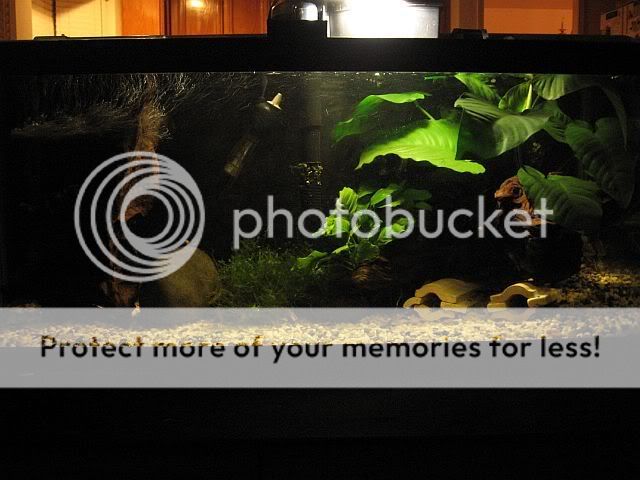
size: 20 gallon long
substrate: fine pea gravel--in my opinion, to beneficial optimize microbial growth, this is by and far the best tank liner)
decor: driftwood, anubias barteri, java moss
caves: made both from polished marble shingles with spacers attached to slate as a back cover, and standard slate rectangles
filtration: two self repaired filters from garage sales and the like. I couldn't tell you what brand, although both are HOBs and quite large
heating: initially a marineland 150 watt--have since switched to visitherm stealth
maintenance: filters and water simultaneously cleansed once every two weeks
tankmates: several, depending on the circumstance...usually, I'd toss in whatever I have at hand...these have included aspidoras spp., corydoras adolfoi, various pencilfish, assorted danios, inlecypris, etc. I feel it is important to have some sort of small, active bottom strata feeding fish to clean up after rather messy hypancistrus. Young fry work well for this, so once my colony started producing sufficient numbers of fry, I took out the callichthyids.
This tank was taken down and replaced with a simpler setup. This is not to say this particular setup did not work--quite the contrary. I have had more spawns in this particular layout than I did with my current version.
the fish
The tank housed two males, three females. They were fed a variety of things, but their dietary staple was a 50/50 high quality tetramin flake/ hikari carnivore pellet mixture. It is important to have some sort of commercially prepared foodstuff as the mainstay of the diet, as it is easy on the GI tract and provides complete nutrition. Homemade tropheus shrimp mix and blanched frozen broad beans were fed twice a week to provide a steady source of vegetable fiber. Siprulina tablets and vegetable flake were also administered on occasion, as well as commercially available frozen foods (mysis, carnivore mix, bbs, etc.) put through a food processor for easier digestibility for fry.
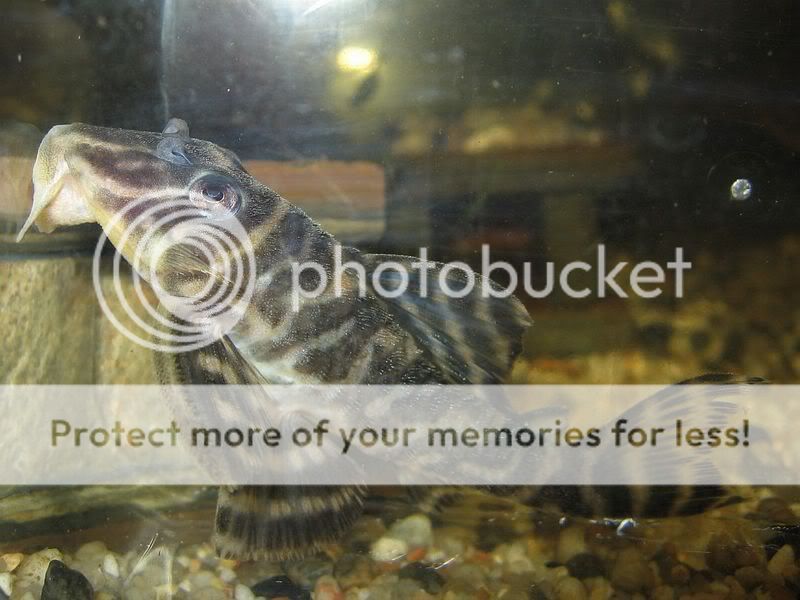
male
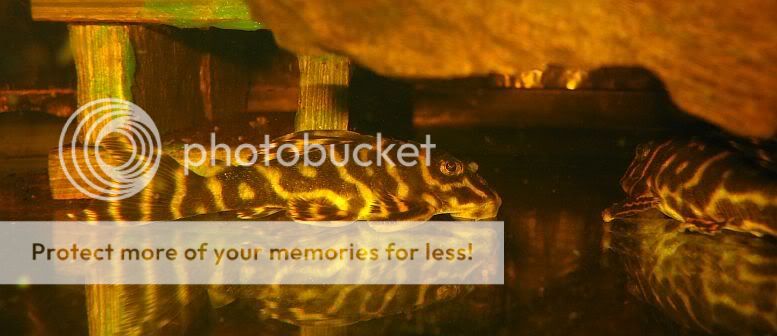
females in hospital tank
spawning
There was little in the way of triggering. They appeared to respond well to several days of large water changes. Eggs were laid two weeks following. Since then, they spawned once every two months or so--sometimes back to back. However, if this happened, I'd strip the male after the fry began to lose their egg sacs. I have experimented with temperature, and have found optimal fry development to occur at 82 F. This may be influenced by water conditions as well. I had a lot of problems with premature hatching leading to mass fry mortality at higher temps--however, this does not appear to be the norm, so I would take this analysis with many pinches of salt. Trapping is long with my pairs--about 3 days, give or take. Fry are fed peas mixed with spirulina and carnivore pellets--I have tried other foods and growth rate does not seem particularly affected. Any sort of mashed, easily digestible foodstuff should be fine.
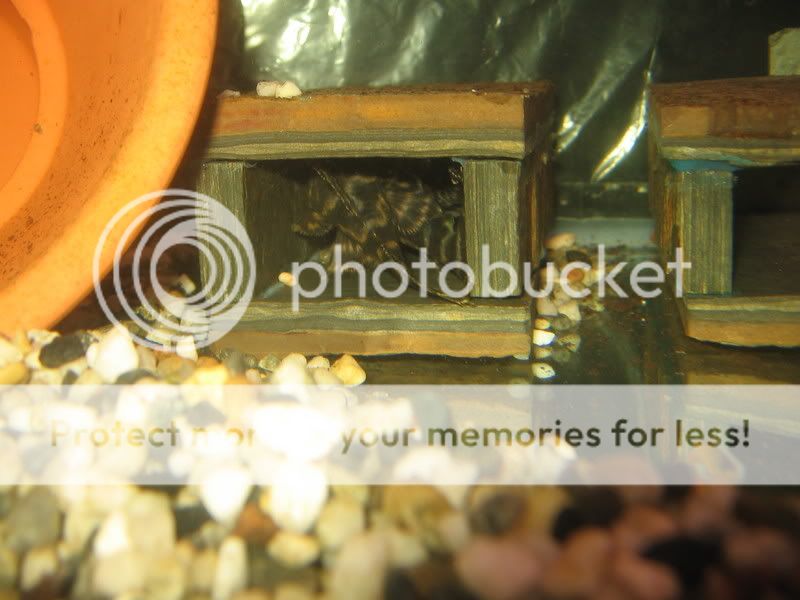
trapping
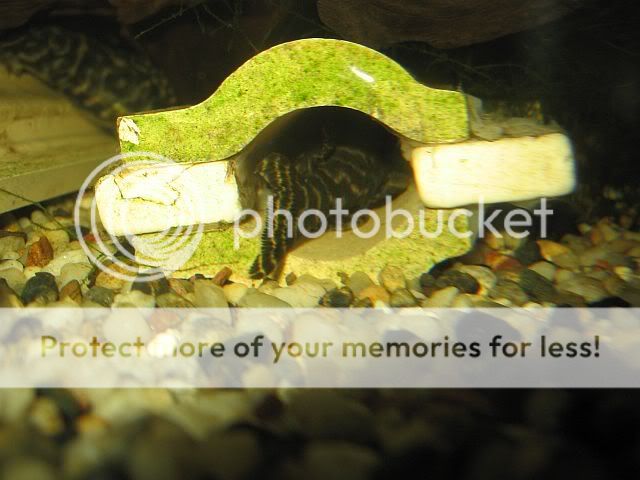
fanning eggs
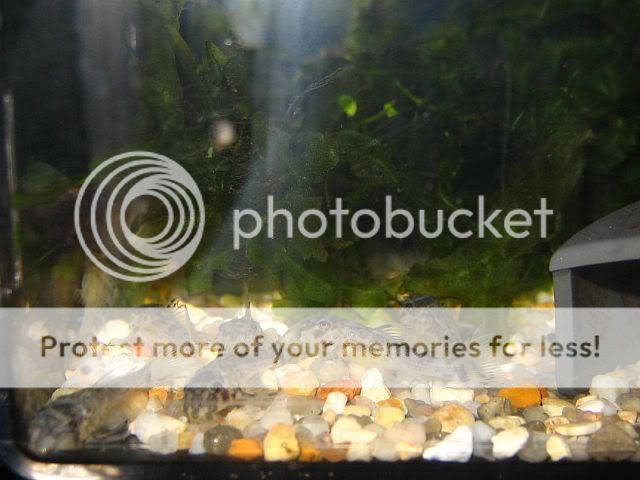
fry

size: 20 gallon long
substrate: fine pea gravel--in my opinion, to beneficial optimize microbial growth, this is by and far the best tank liner)
decor: driftwood, anubias barteri, java moss
caves: made both from polished marble shingles with spacers attached to slate as a back cover, and standard slate rectangles
filtration: two self repaired filters from garage sales and the like. I couldn't tell you what brand, although both are HOBs and quite large
heating: initially a marineland 150 watt--have since switched to visitherm stealth
maintenance: filters and water simultaneously cleansed once every two weeks
tankmates: several, depending on the circumstance...usually, I'd toss in whatever I have at hand...these have included aspidoras spp., corydoras adolfoi, various pencilfish, assorted danios, inlecypris, etc. I feel it is important to have some sort of small, active bottom strata feeding fish to clean up after rather messy hypancistrus. Young fry work well for this, so once my colony started producing sufficient numbers of fry, I took out the callichthyids.
This tank was taken down and replaced with a simpler setup. This is not to say this particular setup did not work--quite the contrary. I have had more spawns in this particular layout than I did with my current version.
the fish
The tank housed two males, three females. They were fed a variety of things, but their dietary staple was a 50/50 high quality tetramin flake/ hikari carnivore pellet mixture. It is important to have some sort of commercially prepared foodstuff as the mainstay of the diet, as it is easy on the GI tract and provides complete nutrition. Homemade tropheus shrimp mix and blanched frozen broad beans were fed twice a week to provide a steady source of vegetable fiber. Siprulina tablets and vegetable flake were also administered on occasion, as well as commercially available frozen foods (mysis, carnivore mix, bbs, etc.) put through a food processor for easier digestibility for fry.

male

females in hospital tank
spawning
There was little in the way of triggering. They appeared to respond well to several days of large water changes. Eggs were laid two weeks following. Since then, they spawned once every two months or so--sometimes back to back. However, if this happened, I'd strip the male after the fry began to lose their egg sacs. I have experimented with temperature, and have found optimal fry development to occur at 82 F. This may be influenced by water conditions as well. I had a lot of problems with premature hatching leading to mass fry mortality at higher temps--however, this does not appear to be the norm, so I would take this analysis with many pinches of salt. Trapping is long with my pairs--about 3 days, give or take. Fry are fed peas mixed with spirulina and carnivore pellets--I have tried other foods and growth rate does not seem particularly affected. Any sort of mashed, easily digestible foodstuff should be fine.

trapping

fanning eggs

fry
Last edited:
